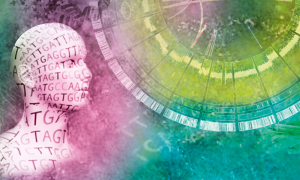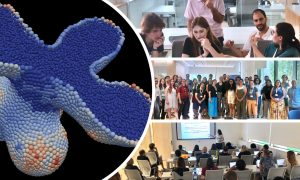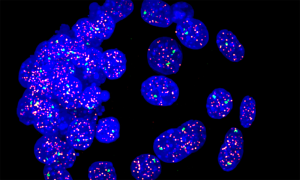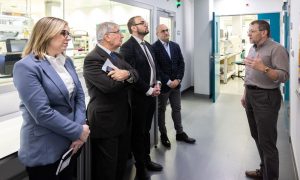
The future of Training (3)
EMBL experts outline the trends shaping scientific training in the coming years
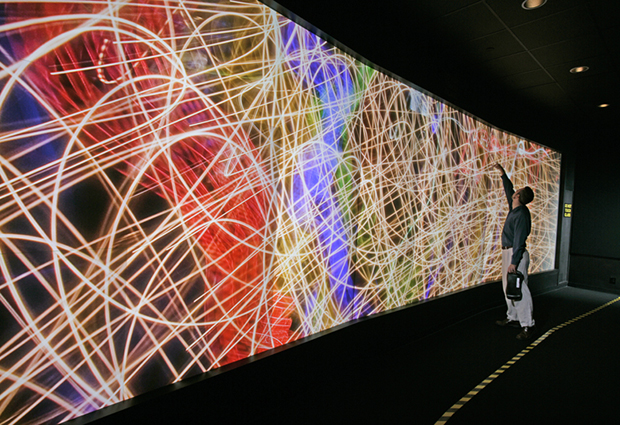
2017 marked the 40th anniversary of EMBL’s course and conference programme and ten years of training at EMBL-EBI. The final part of the mini-series keeps on exploring how EMBL training experts believe scientific training will evolve in the future.
Diving into data space
Vladimir Benes – Head of EMBL’s Genomics Core Facility

Head of Genomics Core Facility. PHOTO: EMBL/Photo Lab
In my field, the key expertise will definitively be in data analysis and integration. Until now the central dogma was that information is stored in DNA, expressed into RNA and then translated into proteins – this was thought to be linear. The techniques, methods and hardware used to analyse genomes, transcriptomes and proteomes are each generating their own data formats and spaces. Unfortunately these data sets are not always directly comparable or compatible. So it’s clear that the value or insight that each of these omics can provide in isolation is limited; you need to really look at the integration.
We will need mathematicians; people trained to perceive genomics, transcriptomics, metabolomics not as a unique space, but as a complex system. People who are able to understand the connections and start thinking of ways to explore and interpret the observations. In short, people who have the ability to mentally embrace that space.
The life sciences need people who don’t need virtual reality goggles to immerse their mind in a complex space and see connections which are not so obvious. I think we will need people who can create this 3D space where we, those less gifted with imagination, can suddenly see. These data analysts, – data visionaries – will be crucial to bring all the pieces together into a more profound understanding.
Interdisciplinary training in life science
Alexander Aulehla – Group Leader

Technological advances over the last decade have enabled biologists to measure molecular dynamics and processes at unprecedented precision and scale. In order to analyse these quantitative, often very large data sets (i.e. based on imaging, sequencing or any other “omics” experiments), bioinformatics and programming skills are becoming increasingly important and used on a daily basis in the lab. Life science curricula need to systematically take this into account, biologists are to be equipped with bioinformatics and programming skills early on during their training.
A related point concerns the integration of theoretical modelling approaches. Given the complexity of biological phenomena, theoretical approaches are often essential to clearly formulate a set of underlying rules and principles and make predictions. The rapid progress in experimental possibilities allows to test these theoretical predictions qualitatively and also quantitatively, facilitating reiterative cycles from theory to experiment and back to theory again. These theoretical modelling approaches will be increasingly important and integral to research in the lab.
Training of the next generation biologists will hence need to be highly interdisciplinary and extend beyond molecular biology, genetics, biochemistry etc. to include programming, mathematics and theoretical modelling.
